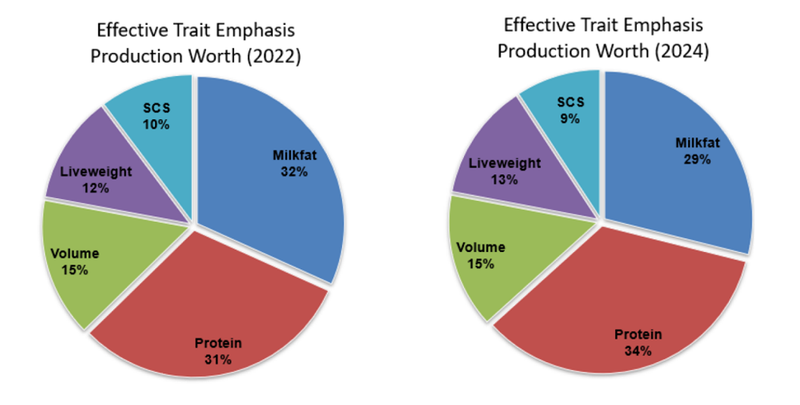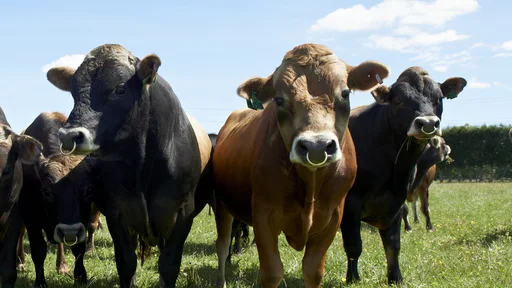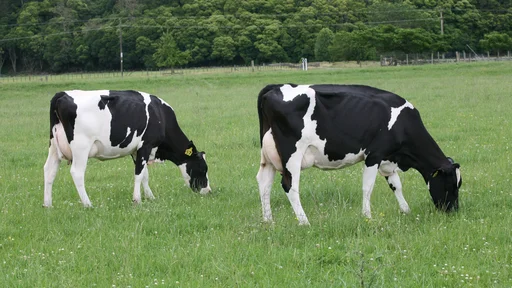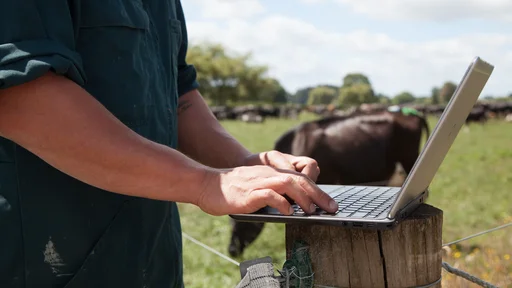A quick history re-cap
LIC, with support from industry experts, initially developed and launched Breeding Worth (BW), Production Worth (PW) and Lactation Worth (LW) to farmers in 1996.
When LIC became a farmer-owned co-operative in 2002, sire BW was passed to DairyNZ but LIC retained ownership of cow BW, PW and LW.
Following the development of the Dairy Industry Good Animal Database (DIGAD), Animal Evaluation for the industry was transitioned to NZAEL, a wholly owned subsidiary of DairyNZ.
Economic values are applied on a ‘profit per unit’ basis. For example, one additional kg of protein (in BW) creates $4.85 of additional profit for a dairy farmer.
Calculations account for milk production, historical and current milk prices, income from culls, surplus cows and bobbies, the cost of generating replacements and general dairy farm expenses.
EVs are recalculated on an annual basis to reflect changes in these values, ensuring BW, PW and LW remain relevant in an ever-changing market environment.
In 2021, NZAEL changed the timing of annual economic value updates from February to December to align with the Interbull (international) evaluation schedule.
NZAEL is responsible for updating BW EVs and LIC, as the owner of PW and LW, is responsible for updating PW and LW EVs. The National Breeding Objective Economic Model is utilised across all indices to ensure the same revenue and costs are used.
More detail on the economic model and the latest BW EVs are available on the DairyNZ website.
Holstein-Friesian and Holstein-Friesian x Jersey cross cows have seen the largest increase in PW following the update. The main driver behind this change is a further shift in value component ratio (VCR) in favour of milk protein.
Change in emphasis on the individual traits within Production Worth between 2022 and 2024:

2024 PW EVs in comparison to 2022 PW EVs
|
Trait |
PW* EV 2024 |
PW EV 2022 |
Change |
|---|---|---|---|
|
Trait Milkfat ($/kg) |
PW* EV 2024 4.74 |
PW EV 2022 4.72 |
Change 0.02 |
|
Trait Milk protein ($/kg) |
PW* EV 2024 7.70 |
PW EV 2022 6.29 |
Change 1.41 |
|
Trait Milk volume ($/L) |
PW* EV 2024 -0.10 |
PW EV 2022 -0.097 |
Change -0.003 |
|
Trait Live weight ($/kg) |
PW* EV 2024 -1.69 |
PW EV 2022 -1.42 |
Change -0.27 |
|
Trait Somatic cell score ($/SCS) |
PW* EV 2024 -42.42 |
PW EV 2022 -42.69 |
Change 0.27 |
* Economic Values for Lactation Worth traits will be the same as those used for Production Worth.
The estimated average movement in PW for the different breeds (based on all current, tagged females in herd tested herds) are; Holstein-Friesian (+$26), Jersey (+$22), Holstein-Friesian x Jersey Cross (+$30).
The more ancestry information, animal's own records (herd tests), and progeny information included, the more confidence you can have in the estimate of the evaluation.
The higher the reliability the less likely it will change significantly with additional records.
NZAEL are responsible for sire BW and determining the traits included. If an update is made to sire BW, the same update is applied to cow BW.
A cow’s BW is based on ancestry, individual and offspring records. A bull’s BW is based solely on ancestry information, until it has daughters with records. BW incorporates eight breeding value (BV) traits – traits that have been recognised as having the greatest impact on farmer profitability. It is comparable across all herds, ages and breeds.
A cow with a BW of 110 indicates the cow is expected to breed daughters that are $55 more profitable, per year, per unit of feed, than daughters of a cow with a BW of 0.
Information that contributes to evaluating a cow’s worth
A cow’s BVs takes into account three types of records:
- Ancestry (all female relatives related through ancestry such as sisters and nieces) – used when she’s a calf.
- Own performance (once she is milking).
- Performance of offspring (or direct descendants) – included once she has herd-tested daughters.
An untested cow is evaluated solely on its ancestry records. As the number of lactations and herd tests increases, her own performance starts contributing to her BW estimate, although ancestry still plays a dominant role. The true indicator of a cows' ability to generate profitable replacements is through the performance of her progeny (daughters or daughters of sons).
The diagram below shows the weightings for a cow’s BVs at different stages of her herd life. The increased weighting on progeny information reinforces the definition of BW.
Ancestry/own lactation/progeny information weighting in cow BV

To calculate the BW of a cow, multiply its BVs by the EVs and add together. Cow BVs are shown on a MINDA Trait Evaluations report.
Like cow BW, PW (and PVs) is also based on ancestry, individual and offspring records. Cows are given PVs for five individual traits:
- protein
- fat
- volume
- liveweight
- somatic cell.
These are then combined into a PW using EVs.
A cow with a PW of 98 indicates the cow is expected to generate $98 more profit in each of her lactations, than a cow with a PW of 0.
The weighting placed on a cow’s own records is much greater than those for ancestry and offspring when calculating PVs (see the diagram below). This is because PVs/PW measure the lifetime producing ability of the cow herself, not what she is expected to pass on to offspring. It's important to note, herd test records collected on animals eight years or older don’t feed into the PW estimate. If a cow is still in the herd at this age she has already justified her presence in the herd. This herd test information does go into LW though.
Ancestry/own lactation/progeny information weighting in cow PV

Calculate PW using the MINDA Trait Evaluations report and multiply each PV by its respective EV.
PW is comparable across all herds, ages and breeds. It’s designed to provide an accurate and objective calculation to aid farmers’ decisions related to culling and buying dairy cows.
More information about the 2018 PW update.
A cow’s LW combines her current-season producing ability for:
- protein
- fat
- milk volume
- liveweight.
LW is based on a cow’s own herd test records as well as liveweight.
A cow with an LW of 140 indicates the cow is expected to generate $140 more profit than a cow with an LW of 0. This is per unit of feed in the current season.
EVs for LW are same as those used for PW.
LW is comparable across all herds, ages and breeds. However, since LVs and LWs provide only a current season ranking of a cow’s profit and efficiency (rather than a lifetime ranking), their usefulness is limited for long- term decision-making. Where LW is of use is for assessing the performance of older cows in the herd. Once a cow reaches eight years of age, herd test information no longer contributes to the estimate of PW, but is still used in the estimate of LW. A drop in LW from one season to the next could indicate that a cow is potentially past her prime.
How we support NZAEL
We maintain a close working relationship with NZAEL as part of our responsibility in the ownership of cow indices. A senior LIC representative is also a member on the NZAEL Standing Advisory Committee (SAC).
We also provide a range of services that help farmers capture quality on-farm data for animal evaluation by NZAEL:
- Artificial breeding (AB).
- Herd testing.
- Herd recording (MINDA).
- Health diagnostics.
- DNA parentage testing.
How you can help with animal evaluation
When you herd test or record animal information in MINDA, you contribute to the NZAEL evaluation of those animals, their family, and their contemporary groups.
This is done by recording complete and accurate information about:
- animal ID
- calving dates
- parentage
- calving assistance
- matings
- dry off dates
- health treatments.
This data – as well as feedback from Sire Proving Scheme farmers – also help us select bulls for Premier Sires and Alpha.
More information
For help with interpreting your cow indices, contact your LIC representative.
DairyNZ provides more information about Animal Evaluation, including:
- ranking of active sires (RAS)
- herd and animal statistics
- how to interpret the breeding values and indices
- FAQs around genetic improvement.




